You’ve heard of UX Design, but what is it?
First of all UX Design or User Experience has been around for quite a while now, it is not just a fancy name, and it has a very long history.
User Experience plays a massive role in many different sectors, such as business development and improving system performance.
The idea of UX is to understand a situation, work on how to improve not only the performance but mainly looking at the problem from the USER’s perspective. The user is the priority for the UX Designer.
There are many techniques and methods that exist.
In this blog, we refer to one of our favourites the Lean UX by Jeff Gothelf and Josh Seiden.
UX Design combined with the Double Diamond framework makes for a very efficient and productive way of undertaking a user experience project.
The Double Diamond stands for
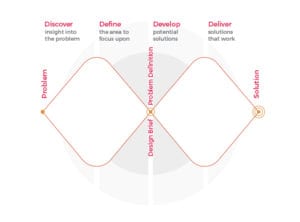
1. Discover
2. Define
3. Design
4. Deliver
The process may involve several stages because the only way to prove our hypothesis is by testing the potential solution on the real users, whether it is a new application or a website that we are thinking of implementing or improving. Qualitative and quantitative data is vital for user research and serves as a backbone to help us form and shape a solution.
Discover and Define is the first part of the framework and it mainly involves researching and as a result, it follows up to a potential solution.
First of all, you must conduct research. This includes collecting the scope of information, Benchmarking, competitor analysis, finding gaps and opportunities, and organising the information.
Once the discovery phase is complete, we can start to define the problem, and we can also build our User Persona. The User Persona is critical for understanding your potential users, how and when they are using your application or a website, what challenges they are facing, and how we can assist in eliminating those issues.
At the completion of this phase, it is ideal to have a Low-Fidelity prototype built, that can be tested with the users. There are many tools that exist that can be used for testing, especially during the current pandemic. Having remote tools available for testing means it is actually not necessary to go out and test in the physical environment.
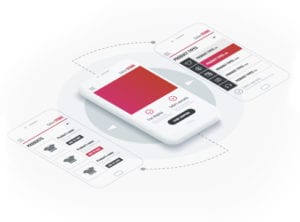
Design the Experience is the second part of the Double Diamond framework, we already have the first round of testing and may add some changes depending on the feedback received for the Low-fidelity prototype.
It is the time to start researching the UI (User Interface) elements for the application or the website we are building, again considering the User Persona’s needs and expectations. It is essential at this point to know what elements work and what don’t, in what situations it is best to use a certain set of elements, and why.
Knowledge of main heuristic principles (a fancy name for mental shortcuts) and Fitt’s Law is very helpful here as it provides us with valuable information regarding how the human brain works, in return helping us to implement a better solution.
This is the time for a high-fidelity prototype, adding the colours, fonts, making the prototype as realistic and as close as possible to the final product. Carrying out some more testing, revisiting and implementing some more changes if any, repeating this circle multiple times until we reach satisfactory results.
The next stage is to send the prototype to the developer, it is essential to have a communication between the developer and the UX Designer to make sure everything is taken on board, and there is a clear understanding that all the features are possible to implement in the real life.
This is a very quick run through the process behind UX Design, and we think it is a fascinating industry that works toward improvement not only from the perspective of the business and achieving KPI’s, but bringing the user the desired product. A product that is intuitive and easy to interact with.
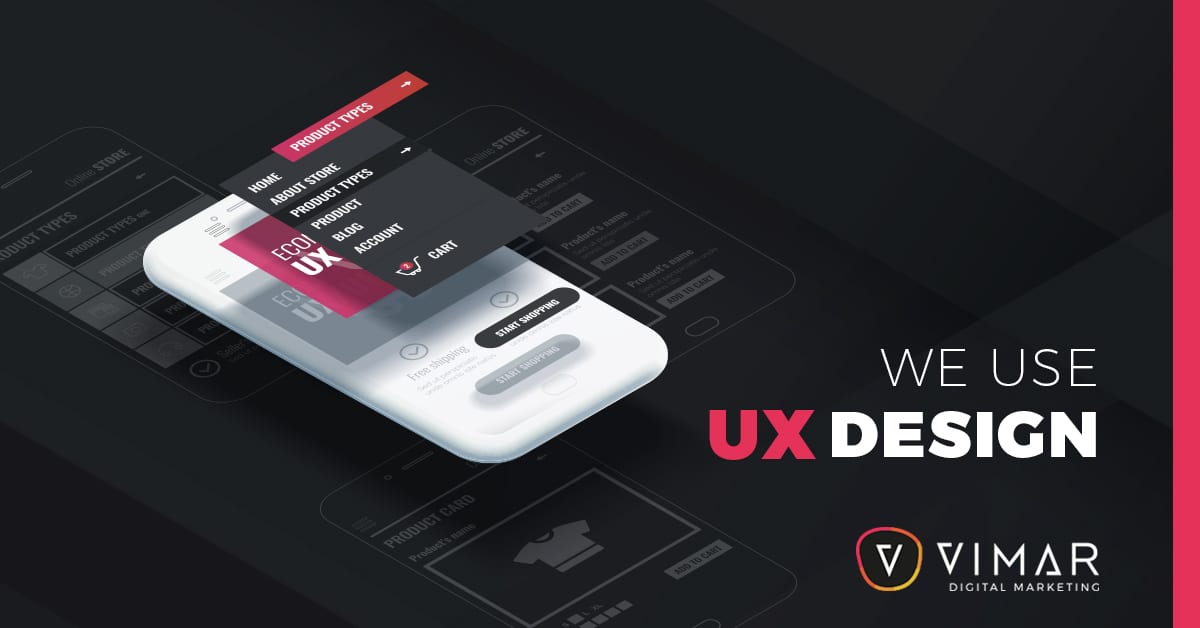

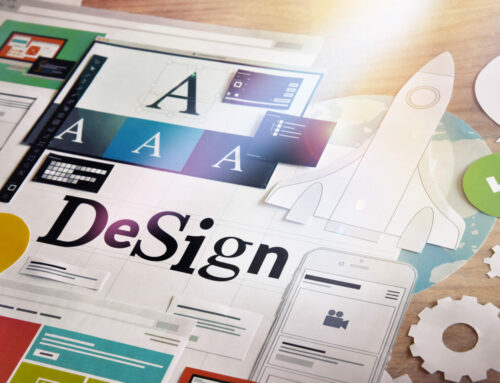

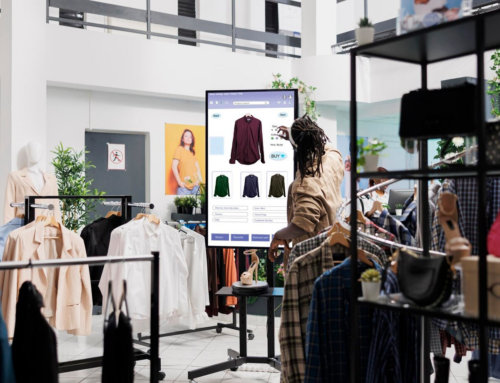
Keep In Touch